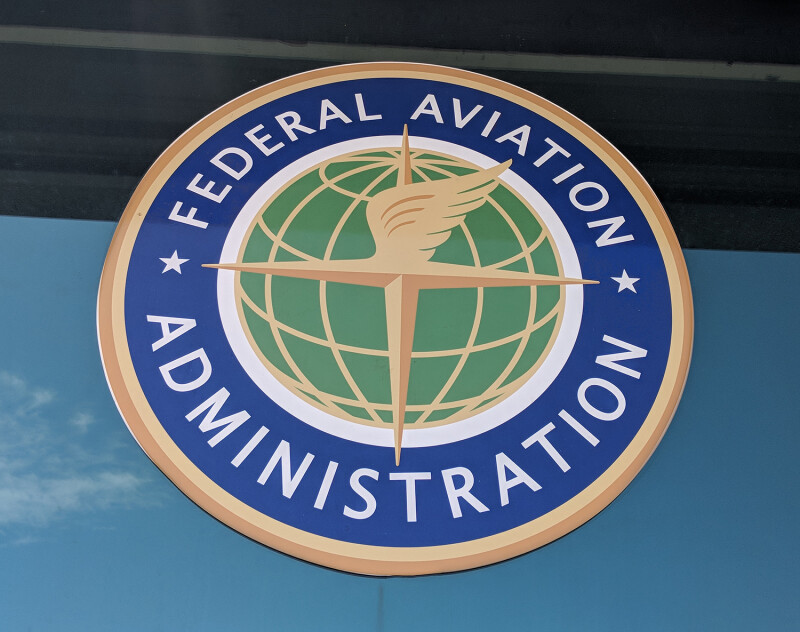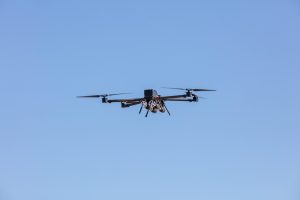Is Part 108 Still a Priority for the FAA?
In late 2024, we assessed the contrasting operational safety records of the various flight modes functioning in the US, particularly focusing on Parts 121, 135, and 91. Part 121, which pertains to commercial airlines on scheduled flights, boasted an impressive record with no multi-fatality accidents in 16 years within the contiguous US.
However, this streak was abruptly interrupted at 8:48 PM on January 29, when a military Black Hawk helicopter collided in midair with an American Airlines CRJ700 regional jet over the Potomac River, tragically claiming the lives of all 67 individuals aboard.
Following this devastating incident, on February 17, a Delta Airlines flight, carrying over 80 passengers, experienced a crash landing at Toronto’s Pearson International Airport. Fortunately, there were no fatalities, but the aircraft was destroyed and major disruptions ensued at Canada’s busiest airport.
On January 20, a new federal administration began its term with intentions to significantly reduce the federal workforce. By mid-February, this led to layoffs affecting 400 FAA employees. This raises a critical question: did the spike in commercial airliner accidents correlate with these layoffs? Time may not reveal this causation, but it is evident that the FAA’s workforce is currently reduced and the safety status of the National Airspace System (NAS) is now uncertain.
At this juncture, we must ask: is the FAA still dedicated to releasing the much-anticipated Part 108 Notice of Proposed Rulemaking (NPRM) this year? The FAA Reauthorization Act of 2024, which President Biden signed on May 16, 2024, required the FAA to publish the NPRM within four months. However, at the Commercial UAV Expo in Las Vegas in September, it became clear that the FAA would miss this deadline, with expectations shifting to early 2025 for the NPRM’s release.
As we approach the end of Q1 2025, there are still no updates from the FAA regarding the document that would initiate the Part 108 process. Given that the agency is facing increased operational safety challenges and a reduced workforce, we must consider whether it still has the drive to pursue uncrewed aviation regulation vigorously.
The apparent sentiment among industry innovators is a resounding “yes,” as we recognize the potential for uncrewed aviation to enhance efficiencies and reduce environmental impacts. Nonetheless, we must be realistic about the regulator’s perspective and the priorities set by the current federal administration.
Under the previous administration, there were visible efforts to expand uncrewed aviation for military and commercial use. A major component of this was a push to streamline restrictions surrounding armed drone exports, allowing US manufacturers to remain competitive globally. The emphasis on developing counter-drone technologies also highlighted a broader commitment to national security initiatives.
If this trend continues, it is essential for the FAA to receive a clear directive from the White House that supports uncrewed aviation, particularly focusing on Part 108 as a priority worthy of resources and attention.
Should we reach the latter half of 2025 without news on the Part 108 NPRM, it may indicate that no legislation will be forthcoming before 2027, which could significantly stifle innovation and capital investment within the industry. We hope for and anticipate timely communications from the FAA.













